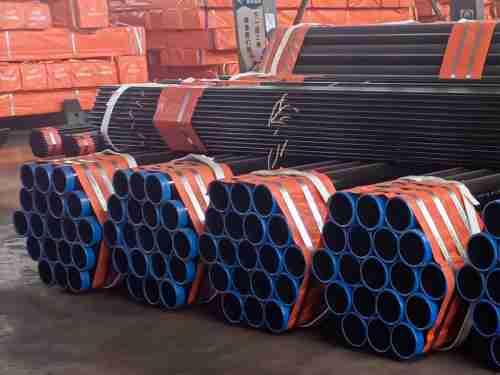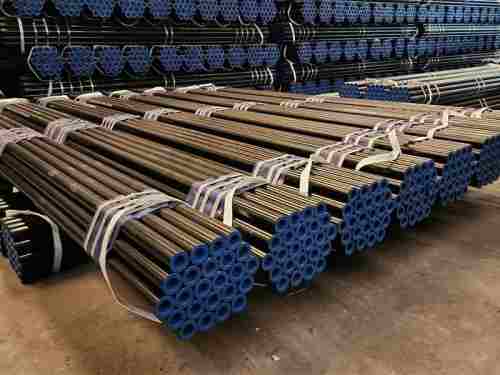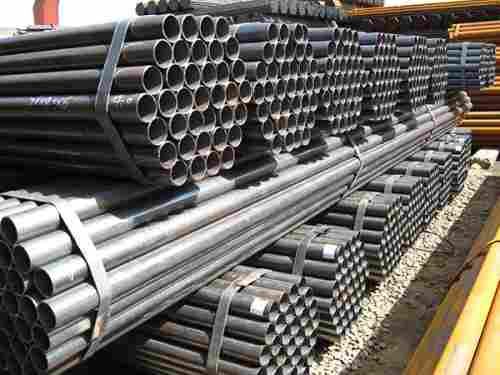Large-diameter spiral steel pipes are essential components in modern industrial and infrastructure projects. Their defining characteristic—their large diameter—makes them ideal for high-volume transportation and heavy-load applications. Despite their widespread use and growing market demand, several challenges continue to impact their development and production. This article outlines the key challenges faced by the industry, proposes practical solutions, and offers insights into future development trends.
Key Challenges in the Production of Large-Diameter Spiral Steel Pipes
- Rising Raw Material Costs
The production of large-diameter spiral steel pipes requires significant quantities of steel. In recent years, fluctuations in the global steel market have led to continuously increasing raw material costs. This directly impacts manufacturers’ profit margins and may result in higher product prices, thereby dampening downstream demand.
- Complex Manufacturing Process
The production process involves multiple critical steps such as forming, welding, and quality inspection. Each stage must be precisely controlled to ensure product integrity. Any deviation or error in the process may compromise the quality of the finished pipes, increasing production risks and costs.
- Environmental Compliance Pressure
As environmental regulations become increasingly stringent, manufacturers are under growing pressure to manage emissions, wastewater, and solid waste generated during production. Meeting these environmental standards requires additional investment in treatment facilities and green technologies, which adds to overall operational costs.
- Intensified Market Competition
The expanding demand for large-diameter spiral pipes has attracted numerous entrants to the market, intensifying competition. In this competitive environment, manufacturers must continually enhance their technical capabilities and production efficiency to maintain a competitive edge.
Strategic Solutions to Address These Challenges of Large-Diameter Spiral Steel Pipes
- Optimize Raw Material Procurement
Building stable, long-term relationships with reliable suppliers can help mitigate raw material price fluctuations. Additionally, collaborating with material suppliers to develop alternative or cost-effective materials can reduce dependency on traditional steel sources.
- Advance Production Technology
Investing in state-of-the-art equipment and increasing automation levels can minimize human error and improve production consistency. Enterprises should also focus on process management and quality assurance across all production stages to enhance efficiency and lower manufacturing costs.
- Enhance Environmental Management
To meet environmental standards, companies should proactively invest in eco-friendly technologies and cleaner production methods. Optimizing resource utilization and reducing emissions not only ensures compliance but also strengthens the company’s environmental reputation and long-term sustainability.
- Strengthen Market Research and Adaptability
Remaining attuned to market trends and customer needs allows enterprises to adjust their product portfolios and strategies accordingly. By leveraging differentiated product offerings and value-added services, companies can establish a competitive advantage and capture a larger share of the market.

 English
English Español
Español











